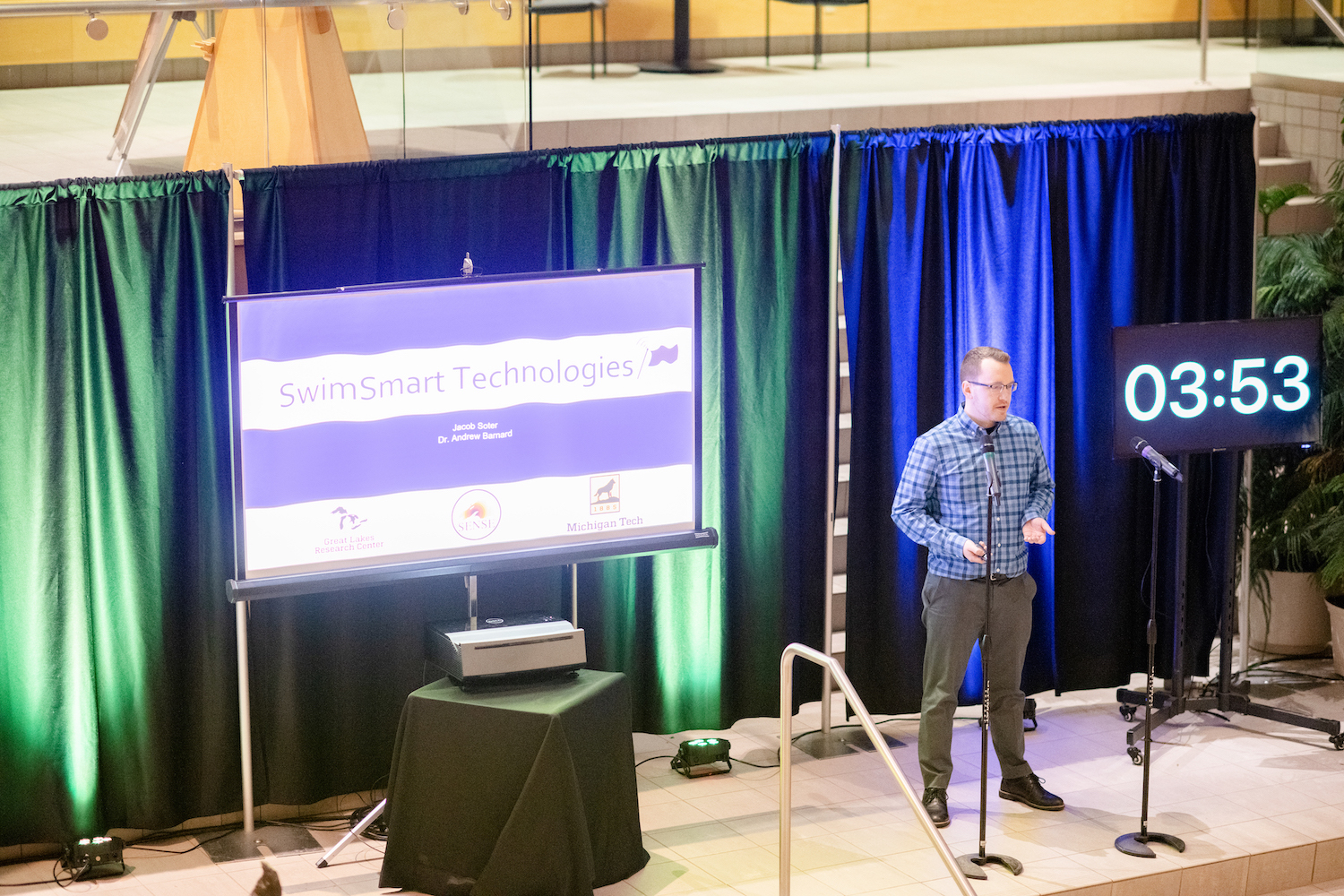Welcome to week two of the Husky Investment Tournament!
There are more than 300 students competing to see who can make the most money with a million dollars in only seven weeks. Teams are beginning to make trades and are gaining confidence. Have you made your first trade? Time is limited, so start now!
Investing for retirement is like running a marathon. A steady, well-diversified portfolio comprised of a large number of stocks will win out in the long run. Investing for a stock contest, however, is like running a sprint. You need to pursue an aggressive portfolio comprised of a small number of high-risk stocks to be the top performer over the short run.
In real-life investing, investors match their investment style to their risk aversion, or the level of risk you are willing to accept for a potential return. Generally, higher risk is an indicator of a higher potential return (or loss). For an average person, there is a need to lower risk using a well-diversified portfolio. In this model, investors allocate their investments between stocks and fixed-income instruments (bonds, CDs, etc.). Fixed-income instruments are investments whose interest payments are set at a fixed value and are paid on a regular schedule. These investments are generally less risky than equity investments because of the fixed payment schedule and the order assets are distributed in the event a company goes bankrupt (bond holders receive payment before equity holders); however, the lower level of risk generally leads to a lower rate of return than equity instruments.
To further diversify, investments are also distributed between several different sectors (technology, financials, consumer staples, etc.) and at least 30 different individual assets. This mitigates diversifiable risk, or risk that can be reduced by spreading out your investments. While this technique works well in reality, it may not be best for the Husky Investment Tournament.
This competition is judged based on total portfolio value at the end of the last trading day and returns are not risk-adjusted, so teams may find it lucrative to pursue risk for the potential for a higher return.
This week’s video comes from Jacob Mihelich, a current student in the Michigan Tech College of Business and an investor in the Applied Portfolio Management Program. He provides helpful pointers on selecting stocks.



